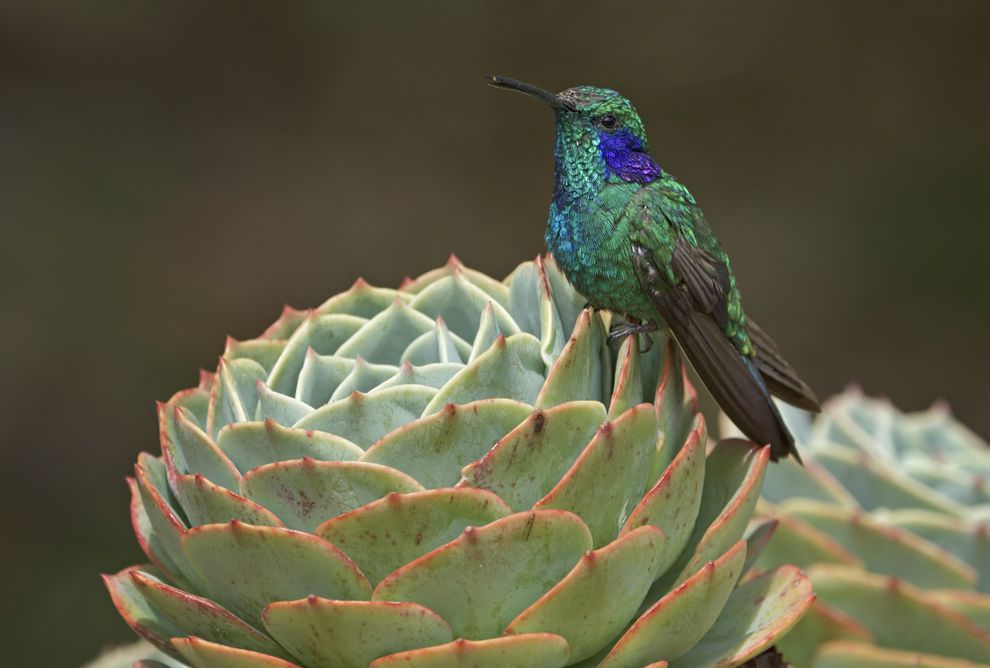Source: mnn.com
Published: June 21, 2017

Photo: Tim Zurowski/Shutterstock
Last week, the United Nations Educational, Scientific and Cultural Organization added 23 new sites to its World Network of Biospheres. These locations are intended to be “learning places for sustainable development whose aim is to reconcile biodiversity conservation and the sustainable use of natural resources,” according to UNESCO. Countries aren’t obligated to make any changes in how the areas are managed, but they are obligated to preserve the characteristics that helped the reserve get selected for this designation.
Among those new reserves is Costa Rica’s Savegre River, an area that’s home to 20 percent of the country’s plants, 54 percent of its mammals and 59 percent of its birds. Among this richness in flora and fauna live 50,000 people who raise crops and livestock. This, along with growing ecotourism in the area, makes the location a prime candidate for UNESCO’s biosphere reserve plan.
According to the Costa Rica Star:
“According to Alejandra Loría, anthropologist from the National Commission of Biodiversity Management, the proposal of Savegre River differs from the others in that it includes the catchment area of the river as a whole, from its point of origin in the Cerro de la Muerte mountain to the rivermouth in the Pacific Ocean, therefore it includes even the marine area of the Manuel Antonio National Park for a total of 312,914 hectares (terrestrial and marine).
The Costa Rican government is now obligated to maintain and protect the conditions and characteristics of these area.”
The new list also includes 11 bioreserves that have been extended. However, Bulgaria requested four sites be removed from the list, and the United States requested that 17 sites be removed.
According to UNESCO, there are now 669 sites in 120 countries that are part of this network of places that aim to balance human needs with the needs of the local flora and fauna.
This article no longer exists at the Source link above. It can be found in the Matteroftrust.org Resource Library.
